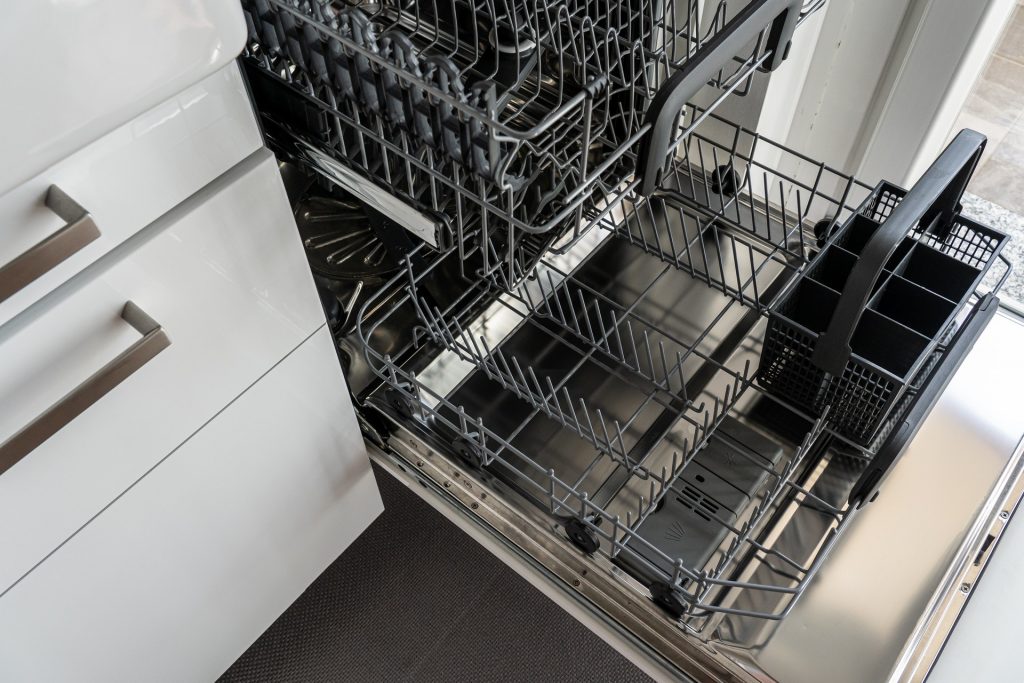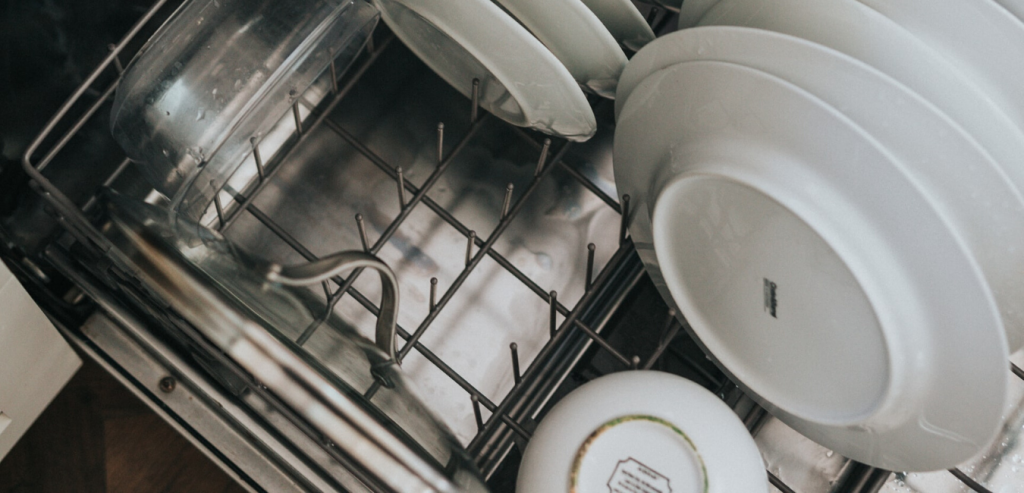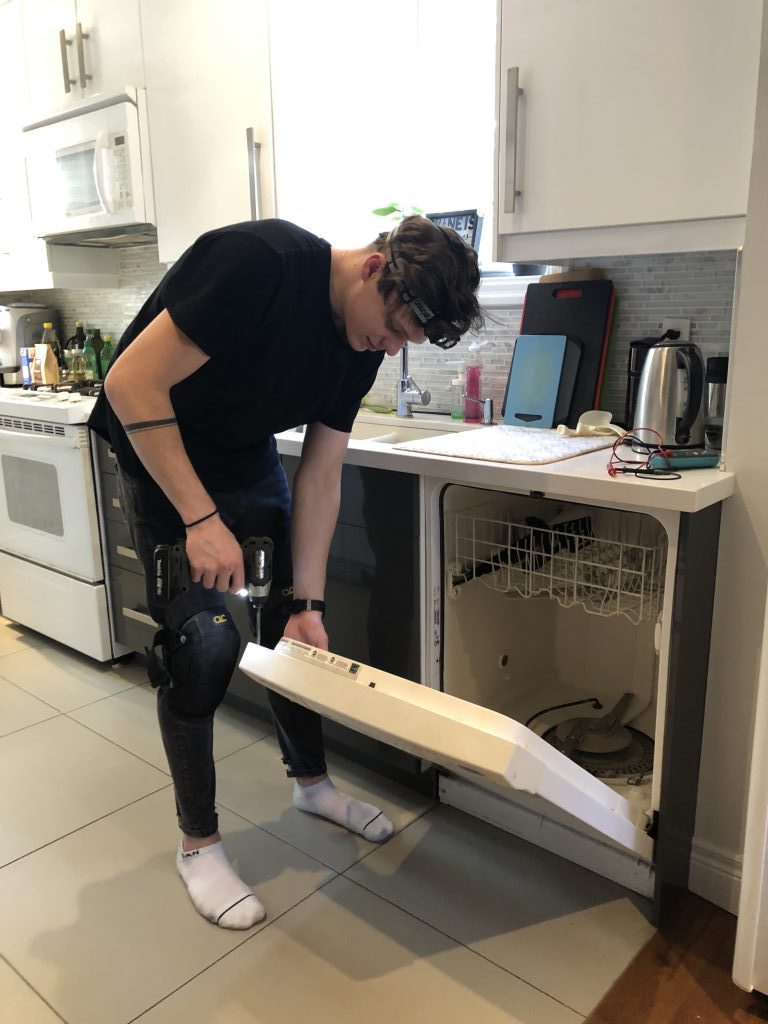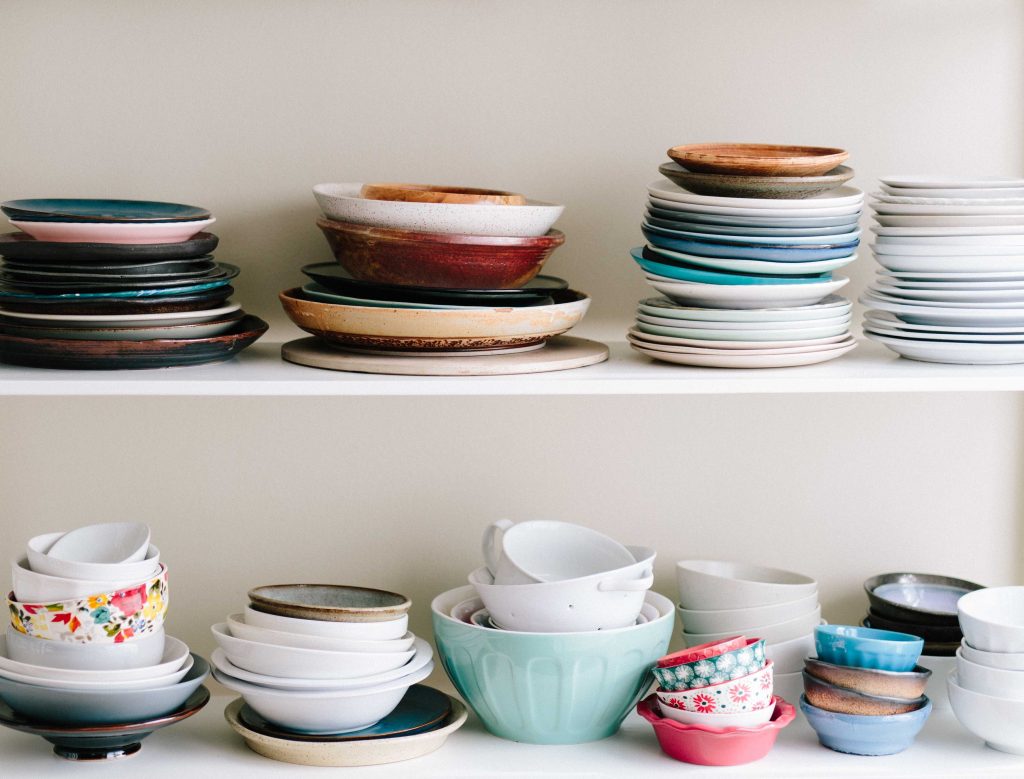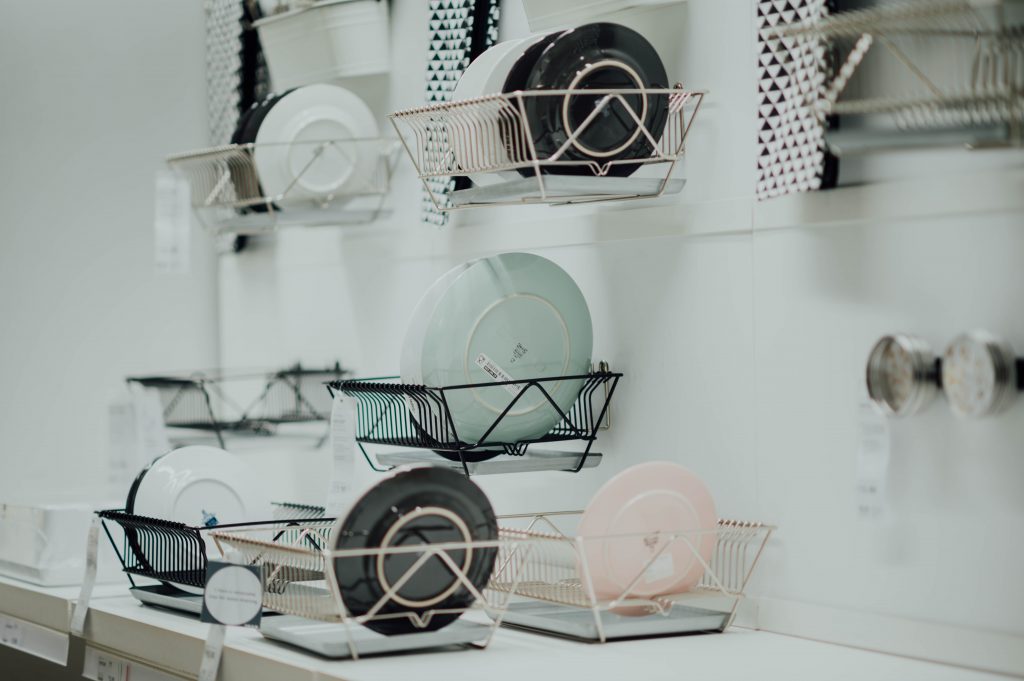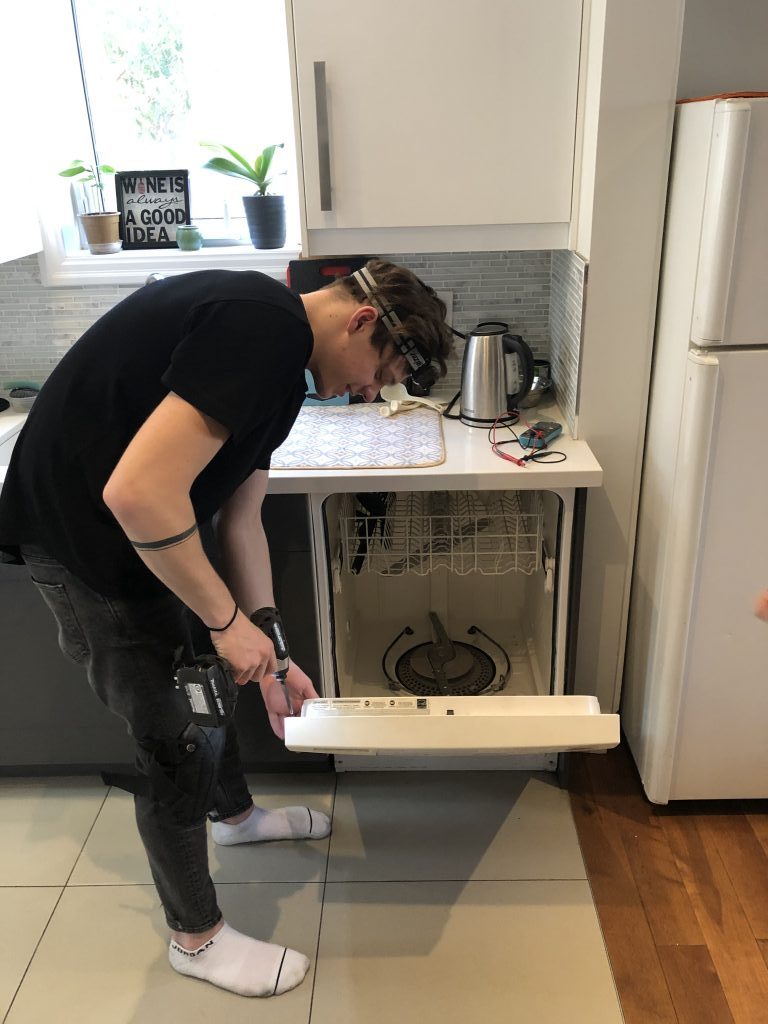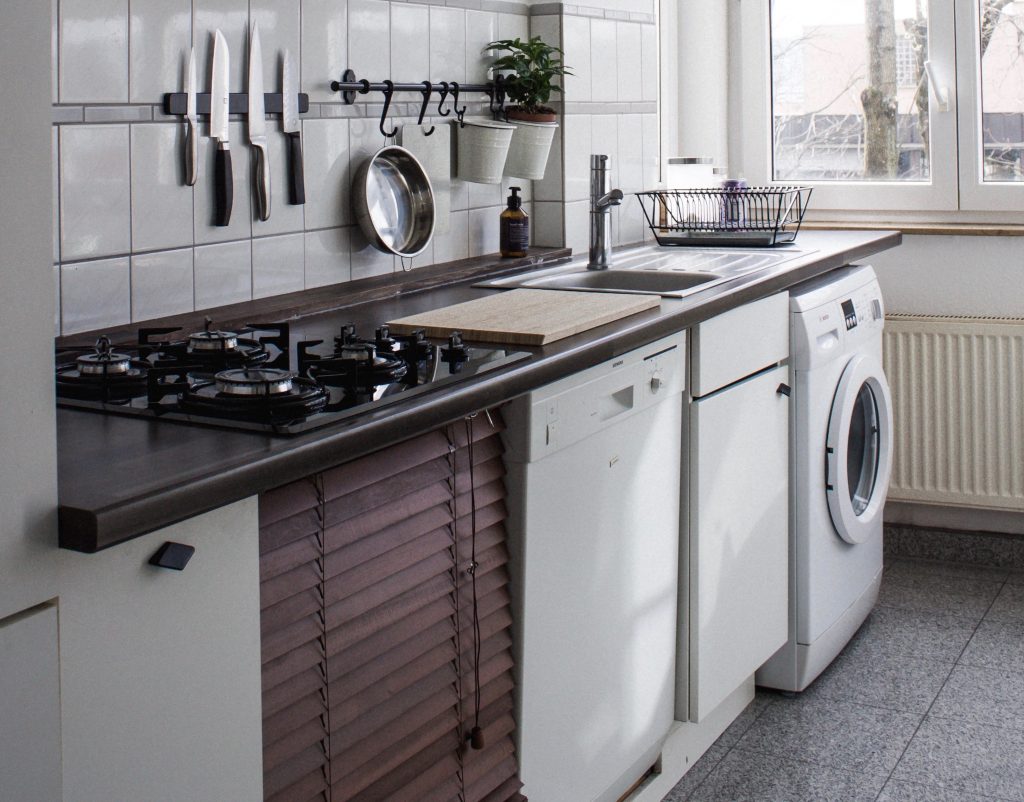Are you wondering how you could install a dishwasher yourself? These tips could be helpful for you!
Buying new kitchen appliances is always very exciting but even more, if it’s the first time for you to get your very own dishwasher. Anyhow, before you can say goodbye to dirty dishes in your sink, you’ll have to figure out how to install the new appliance. Here are some tips that will make it easier for you!
If you don’t feel like doing the installation of your dishwasher yourself, you can get help from our experienced technicians. We work late to make the appointment more convenient for you and we offer $30 off for first-time customers. Give us a call (+1 (289) 801-7857 or +1 (888) 513-0052) or contact us here.
Install Your New Dishwasher: Step-by-Step
Step 1: Read the Instructions & Prepare the Space
Have a look at the manufacturer’s instructions and check if all the parts and connections are there. If this is your first dishwasher, you’ll need to cut a hole in the wall of the cabinet for the supply and the discharge.
If you are replacing an old dishwasher with a new one, you’ll need to pull the old appliance out of the space. You should use a towel or a rug to protect the floor. Furthermore, you’ll need a bucket to collect water that could run out the lines when you disconnect them.
Turn off the power and the water that is connected to the dishwasher at the shutoff valve, which is usually underneath the sink. Disconnect the drain from your old dishwasher, as well as the cables and the water supply.
Step 2: Prepare the New Dishwasher for Installation
Firstly, you’ll have to screw the 90-degree fitting into the new water valve. Secondly, you’ll need to attach the drain line into the sink base cabinet. Make sure that it’s looped up to the bottom of the counterpart to avoid flooding because of sink clogs. Once it’s slipped on, you’ll have to tighten the clamp.
Your next step should be adjusting the feet or wheels of the appliance, so it fits into the assigned space in your kitchen. It’s easier to do that before you’re sliding it in.
Step 3: Connect the dishwasher
Now it’s time to slide the dishwasher in. Don’t forget to use a towel again to protect the floor. Once it’s in the right position, you should make sure to adjust the feet a bit more, so it doesn’t shake when it’s running.
After doing that, you simply need to attach the dishwasher supply line into the 90-degree fitting. Pay attention that it slides straight into the threaded part, so it doesn’t leak water later on.
As a next step, you’ll need to clamp the hose to the dishwasher, followed by the electrical wires. Turn the water and the electricity back on and do a test run to find out if there are any leaks or if the appliance needs more adjustments.
If everything works well, you can screw the dishwasher to the countertop bottom – and you’re done! Congratulations, you’ve now successfully installed a dishwasher yourself!
